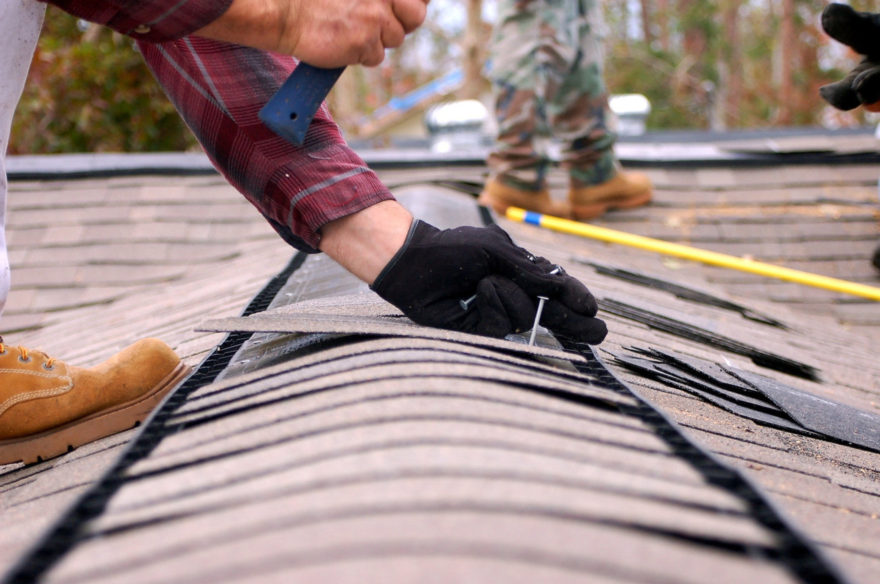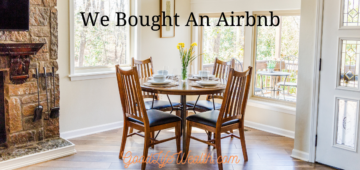When you eventually sell your home, it may be helpful to have a record of your home improvement expenses. Because people often own their homes for decades, this is an area where a lot of records and receipts are lost. Here is what you need to know about tracking home improvements.
Primary Residence Exclusion
At the time of a home sale, the difference between your purchase price and your sale price is a taxable capital gain. Luckily for most people, there is a significant capital gains exclusion from the IRS: $250,000 (single) or $500,000 (married), for your primary residence. If your gain falls below this amount, you will not owe any taxes. In order to qualify, the property must have been your primary residence for at least two of the previous five years, and you must not have taken this exclusion for another property for two years.
If you make a capital improvement (described below), that expense increases your cost basis in the home. But because of the large exclusion ($250,000 or $500,000), many people don’t even bother to keep track of their home improvement expenses. That may be a mistake. Here are a number of scenarios which could be a problem:
- If you get divorced or your spouse passes away, your exclusion will decrease from $500,000 to $250,000.
- Should you move and make another property your primary residence for four years, you will lose the tax exclusion on the previous property.
- If you own your property for the next 30 years, it is possible your capital gain ends up being higher than the $250/$500k limits. These amounts are not indexed for inflation.
- Congress could reduce this tax break, although it would be very unpopular to do so. They are not likely to change the definition of cost basis and capital gains.
Capital Improvements
What constitutes a Capital Improvement which would increase your cost basis? In general, the improvement must be permanent (lasting more than one year), attached to the property (not removable or decorative), and add to the value, use, or function of the property. Maintenance and repairs are generally not capital improvements unless they prolong your home’s useful life. The IRS provides the following specific examples of expenses that are Capital Improvements:
- Additions, such as a new bathroom, bedroom, deck, garage, porch, or patio.
- Permanent outdoor improvements, including paved driveways, fences, retaining walls, landscaping, or a swimming pool.
- Exterior features, such as new windows, doors, siding, or a roof.
- Insulation for your attic, walls, floors, or plumbing.
- Home systems, including heat/central air, wiring, sprinkler, or alarm systems.
- Plumbing upgrades such as septic systems, hot water heaters, filtration systems, etc.
- Interior improvements, including built-in appliances, flooring, carpet, kitchen remodeling, or a new fireplace.
While there are many expenses which count as improvements, repairs and upkeep do not. Painting, replacing broken fixtures, patching a roof, or fixing plumbing leaks are not improvements. Also, if you install something and later remove it, that expense may not be counted. For example, if you install new carpet and then later replace the carpet with wood floors, you cannot include the carpet expense in your cost basis.
Gain or Loss?
For full information on calculating your gain or loss on a home, see IRS Publication 523. While most homeowners are focused on mitigating taxable gains, I should add that if your capital improvements are significant enough to make your home sale into a loss, that loss would be a valuable tax benefit as it could offset other income. Here’s an example:
Purchase Price: $240,000
Capital Improvements: $37,400
Cost Basis: $277,400
Sale Price: $279,000
Minus 6% Realtor Commission: -$16,740
Closing Costs: -$1,250
Net Proceeds: $261,010
LOSS = $16,390
If you just looked at your purchase price and sales price, you might think that you would have a small gain (under the exclusion amount), and there was no need to keep track of your improvements. However, in this example, you don’t have any gain at all.
Unlike other receipts, which you only need to keep for seven years, you do need to keep records of your capital improvements for as long as you own the home, and then seven years after you file your tax return after the sale. Even if you think you are going to be under the $500,000 tax exclusion, I’d highly recommend you keep track of these capital improvements which increase your cost basis.







